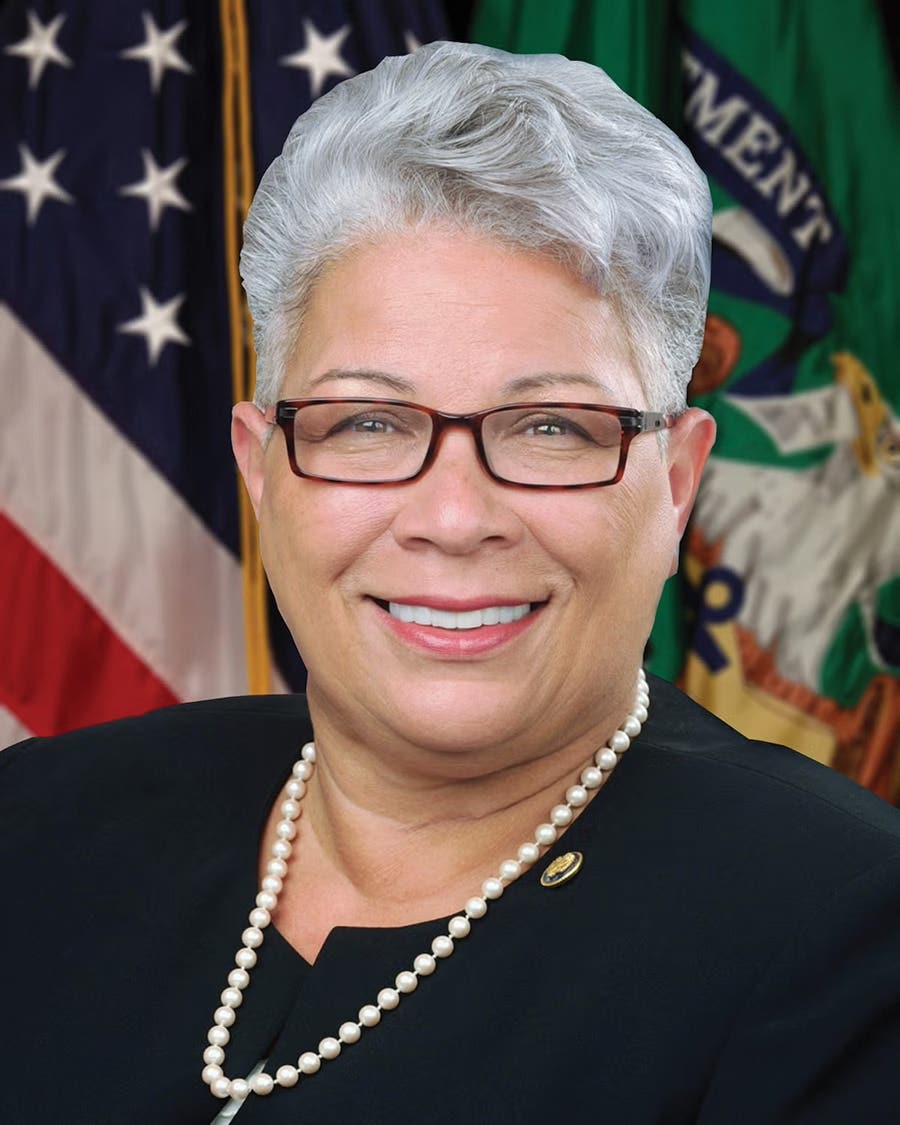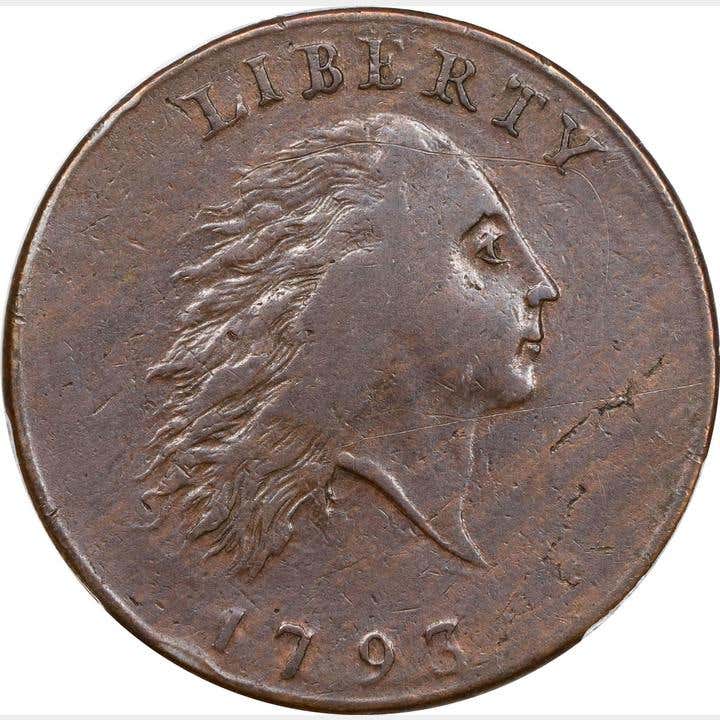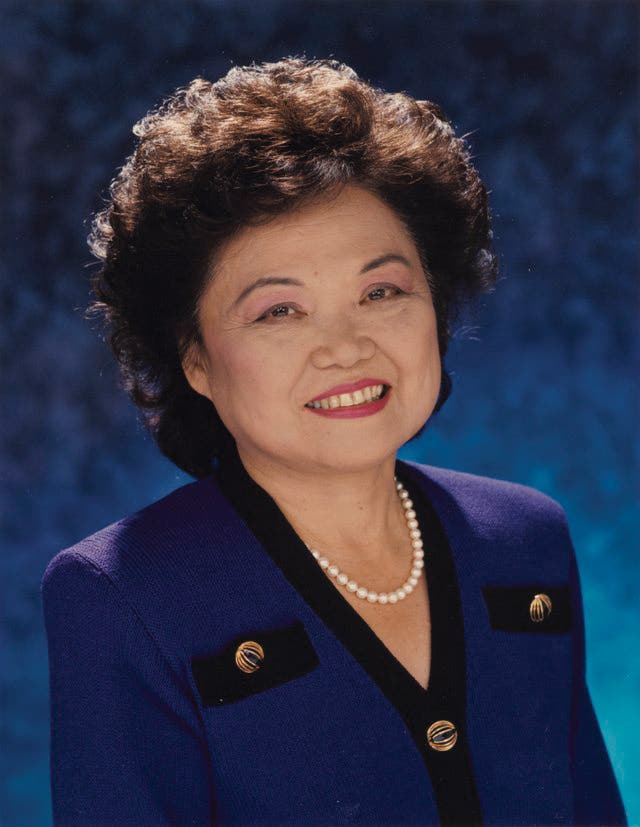My Brushes with Numismatic History, Part II
In last week’s column, I detailed my involvement with creating the designs for the 2004 Michigan Statehood quarter and the words I said and did not say in a meeting…
In last week’s column, I detailed my involvement with creating the designs for the 2004 Michigan Statehood quarter and the words I said and did not say in a meeting with Michigan’s governor that probably changed which design was ultimately selected to appear on this coin.
My brushes with numismatic history did not end there. In the meetings of the Michigan Quarter Commission, I had described to the other members about the opportunity to participate in a first strike ceremony at the U.S. Mint in Philadelphia. The Commission chair asked the governor’s liaison with the U.S. Mint to inquire about being able to participate in the event. After the third such request was sent to the U.S. Mint, the information finally came through.
To our surprise, the Michigan Quarter Ceremonial Strike Ceremony would instead be conducted at the Denver Mint. Anyone who might want to participate would need to go through a security background check and would need to be at least 10 years old.
As a decades-long collector and dealer, I was thrilled to send in my background check paperwork. In addition, I also sent in the paperwork for my 6-year-old son, Daniel. I acknowledged that he was less than 10 years old but asked if he might at least be able to be an observer of the event. After three inquiries, the response from the Mint was “we’ll do something.” So, in January 2004, we both went.
When we arrived the day before the ceremony, a few of us met with someone from the Denver Mint to iron out the details of who would strike coins in which order. There were 12 people coming for the ceremony, but no official of the state of Michigan. When we found out that Denver Mint Plant Manager Tim Riley was born in Michigan and attended college in the state (which probably explained why he wanted the ceremony in Denver), we assigned him the honor of striking the first coin, which would go to the Michigan Historical Museum. Once more to my surprise, Daniel was included in the strike ceremony right along with the rest of us. He was designated to strike the second specimen that would be presented to the current Michigan governor. The 10-year-old son of another Michigan Commission member would strike the third coin that would go to the prior governor who appointed the Commission. Then the six Commission members in alphabetical order would strike their coins (I was #6). The other four guests would then strike their coins. The 10-year-old would strike coin #14 as his personal memento, then Daniel would finish the ceremony by striking #15 for his specimen.
In our local newspaper the next day, a picture of Daniel holding up coin #15 with me at his side appeared on the front page. In the news story was a quote from someone at the U.S. Mint stating that Daniel was the youngest person they knew of to strike a U.S. coin. I wanted to make sure I had the citation correct, so I called the Mint’s press office.
I was told that it was true that Daniel was the youngest person they knew of to strike a U.S. coin. However, they don’t keep those statistics so they couldn’t flat out say he was for sure the youngest, although he probably was. After saying that, though, I was told they also didn’t want to make a big deal about it, because that was not the objective of such ceremonies. If it did get much coverage, then the next strike ceremony might be asked to allow a 5-year-old to participate and lead to eventually a newborn being part of a future ceremony.
So, my son received his “15 minutes of fame” as a result of my numismatic pursuits.
I can imagine that I might have influenced some subsequent numismatic events.
The U.S. Mint in 2009 struck a then-record number of more than 30 million uncirculated silver Eagle dollars, 50 percent more than in 2008. Production was stretched so tightly that Mint officials decided not to strike the proof version at all that year.
In late 2009, I needed one more flight to achieve a status level, so I took a brief jaunt to Washington, D.C. As a member of the board of directors of the Industry Council for Tangible Assets (now operating as the National Coin & Bullion Association), I visited a few members of Congress in the company of the lobbyist for ICTA. When I visited the office of then-Representative (now Senator) Gary Peters I happened to catch him there and was aware that he was also a numismatist. During the conversation, I discussed how the Mint had opted not to strike 2009 proof silver Eagles and that it would take an act of Congress to order the Mint to do so. He expressed willingness to support and possibly sponsor such legislation, but it never progressed beyond that discussion.
On Oct. 13, 2016, the U.S. Mint held its first Numismatic Forum to seek input from selected members of the numismatic community. In attending the event, I presented a document outlining strengths, weaknesses, opportunities, and threats (SWOT) of the Mint. Under opportunities, the very first point identified different possible future coin programs that the Mint could produce. The very first of these was “historic inventions by state.” This analysis was included in my Oct. 21, 2016, column.
Within two months, legislation was introduced in Congress for the American Innovation dollar coin series, which debuted in 2018. I never heard from anyone at the U.S. Mint that my suggestion had any influence on this coming to pass. It certainly could have easily been suggested by any number of sources. But is it possible that what I wrote did have influence?
On Oct. 25-26, 2019, the U.S. Mint conducted its Fourth Numismatic Forum. During the program, I suggested to then-Mint Director David Ryder that one way the Mint could increase its “profits” and also stimulate collector interest was to again put into public circulation a few million extra Kennedy half dollars each year plus a few million of each of the American Innovation dollar. He asked me to send this suggestion in written form to one of his staff, which I did the next week. The text of this letter is posted as my Oct. 31, 2019, column.
Although a formal program has not been announced of small quantities of halves and dollars being placed into circulation, the Mint has actually done so over the past year or so. Was this something that occurred because of my suggestion? I doubt it. But maybe it did.
The point of these reminiscences is that if you have an idea that might impact numismatic history, please speak up. You never know what might eventually happen.






